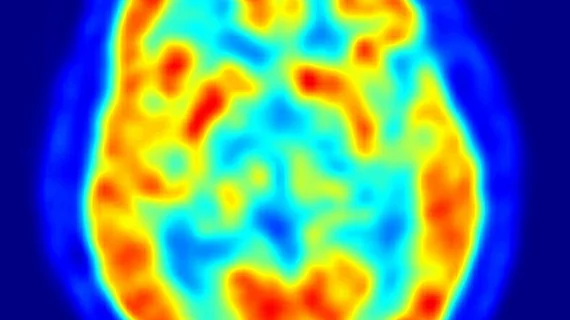Researches identify features least-sensitive to PET system variations
Researchers from the Medical University of Vienna in Austria provided new guidance for selecting optimizing features from 18F-FDG-PET/CT studies—demonstrating feature variations can be minimized for selected image parameters and imaging systems, in a new study published Nov. 2 in the Journal of Nuclear Medicine.
For the study, Laszlo Papp, PhD, and colleagues imaged a whole-body phantom with 13 PET/CT systems at 12 different sites. Thirty-seven radiomic features related to the four largest spheres in the phantom—measuring 12 to 37 millimeters each—were selected. Feature and imaging system ranks were also established based on a combined analysis of voxel size, bin size and lesion volume changes.
“A 1-way analysis of variance (ANOVA) was performed over voxel size, bin size and lesion volume subgroups to identify the dependency and the trend change of feature variations across these parameters,” the researchers added.
With their feature ranking, the researchers found that the gray-level co-occurrence metric (GLCM) and shape features are the least sensitive to PET imaging system variations.
“Imaging system ranking illustrated that the use of point-spread function (PSF), small voxel sizes and narrow Gaussian post-filtering helped minimize feature variations,” according to the researchers. “ANOVA subgroup analysis indicated that variations of each of the 37 features and for a given voxel size and bin size parameter can be minimized.”
Overall, the researchers suggested that radiomic studies should involve “dedicated selection” of individual data processing configurations per feature and that a high-quality approach to feature extraction should be prioritized over reporting study-specific, fine turned performance results.
“Our results help optimizing radiomics studies by selecting a priori features with known data acquisition and processing parameters that minimize individual feature variations,” the researchers wrote. “Our imaging system rank analysis aids imaging specialists in optimizing imaging protocol parameters to support repeatable radiomics analysis of 18F-FDG PET/CT images. By selecting robust features that are aligned to the above concept and by following a responsible radiomics workflow, we can support the establishment of standardized radiomics approaches in clinical studies.”

